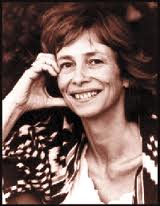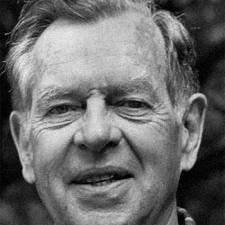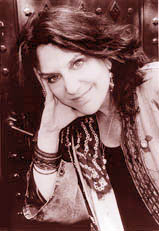WNYC’s 1979 Storytelling Festival combined live storytelling in public venues around New York and seven days of storytelling on the air. I produced those programs — six 90 min documentaries about Story, Storytellers, Myths & Dream, Fairies and the Supernatural, Folktales and Legends — weaving together stories told by professional storytellers and the voices of anthropologists and folklorists who study story and storytelling. In addition there were several programs of stories alone, like Jay O’Callahan’ famous “Raspberries.” Other stories in the series include a Pygmie myth by Laura Simms, “Nobody Slept” by Rabbi Schlomo Karlbach, a ghost story by Kathryn Wyndham, a Chinese version of Cinderella by Diane Wolkstein, “Max’s Blues” by Brother Blue and a Grimm’s tale by Gioia Timpanelli, a Br’er Rabbit story by Julius Lester and many more.
For the live part of the festival storytellers from all over the country from Maine to Alabama, from North Dakota to North Carolina told stories on the Staten Island Ferry and in Central Park, in an Irish Pub and City Hall Park, at the Cloisters and the Bronx Botanical Garden and even at a Bronx factory.
Storytellers include: Nicole Jones, Naomi Lucas, Laura Simms, Henry Crowdog, Brother Blue, Gioia Timpanelli, Jemelia Abraham, Guy Tucker, Timothy Petalina, Jay O’Callahan, Ray Hicks, Katherine Wyndham, Richard Pryor, Doc McConnell and Diane Wolkstein, resident storyteller on WNYC. Anthropologists, psychologists and folklorists include: Joseph Campbell, Harold Courlander, Bruno Bettelheim, Alexander Randall, Barbara Klein, Brian Sutton Smith and Sally McLendon.

“Where do stories come from? asks New York storyteller, Diane Wolkstein. “I like to think they come from two places,” she continues, “what happens during the day and what happens at night.” Dreams, says Wolkstein, are a critical source of stories. “Eskimos had a special house for dream telling.”
“Myths come from the same place dreams come from,” says Joseph Campbell, author of the four volume “Masks of God.” Here he discusses the critical role of myths in our lives and the common thread of myths throughout different cultures and societies. “Myths don’t come from our waking consciousness, but from the unconscious mind,” he argues. One of the main functions of myths, says Campbell, is to explain the natural and supernatural worlds.” He worries about how modern society de-mythologizes life. “We need myths to structure our lives,” he says.
Laura Simms, a New York storyteller, tells a Polynesian Goddess myth.
In a conversation with Diane Wolkstein, Alexander Randall, anthropologist and dream teacher, reminds us that the earliest writings of man are laced with dreams. “Our earliest religious texts are filled with stories from dreams. Dreams were used as guidance. And indigenous societies around the globe are still grounded in dreaming life.”

Brother Blue, an African-American storyteller from Boston, tells his version of the Pygmalion myth.
For years scholars have argued about the meaning and function of myths. Are they derived from ritual or religious practices or both? Joseph Campbell claims that ritual is the enactment of the myth. Anthropologist Claude Levi Strauss believed the story itself was unimportant. What’s really important is the underlying relationship of the storyteller to the audience or community. There were always rules about who could tell a story, where and when a story could be told.
Laura Simms has studied the relationship of ritual theater and myth. She tells a another myth about the origin of the coconut.
Anthropologist and linguist, Sally McClendon, studies Native American storytelling and in a conversation with Diane Wolkstein interprets the myths of the Eastern Pomos of Northern California. “The problem with writing down what has always been oral is so much nuance of the performance of the storyteller and situation is lost,” McCloud explains. “Most Native Americans never stood up while storytelling. They were always in a reclining or sitting or lying position. And they always told stories at night and in the winter time.”

Joseph Campbell: Myths are a product of the human imagination. And we have the same motifs appearing throughout all world societies. Jung believed they address our archetypal crisis: birth, independence from our parents, love, marriage, death.

Recording by Manoli Wetherell; Engineering by David Rapkin
